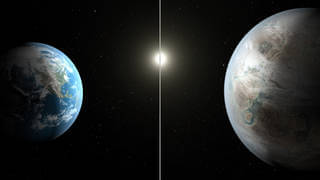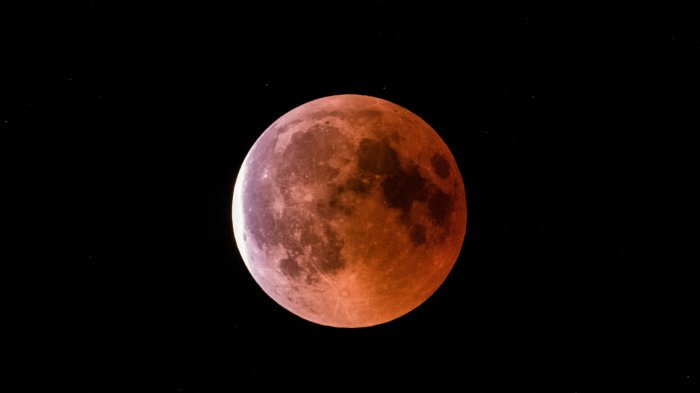NASA’s Kepler mission confirmed the first nearly Earth-sized planet in the “habitable zone” around a sun-like star. The “habitable zone” this refers to a range of distances around a star within which planetary-mass objects with enough atmospheric pressure can support water as a liquid on their surfaces. In addition to confirming planet Kepler-452b, the team has also increased the number of new exoplanet (a planet that orbits a star other than the sun) candidates to 4,696 — a 521 candidate increase. Twelve of the new candidates fall in their star’s habitable zone and have diameters between one to two times that of Earth. The confirmation of Kepler-452b brings the total number of confirmed planets to 1,030.
Kepler-452b is larger than Earth but its 3385-day orbit is a mere 5 percent longer and the planet is 5 percent farther from its 6-billion-year-old parent star Kepler-452 than the Earth is from the sun. Kepler-452 is 1.5 billion years older than our sun, 20 percent brighter and has a diameter that is 10 percent larger but has the same temperature.
The Kepler-452 system, NASA says, is located 1,400 light-years away in a constellation called Cygnus.
“We can think of Kepler-452b as an older, bigger cousin to Earth, providing an opportunity to understand and reflect upon Earth’s evolving environment,” said Jon Jenkins, Kepler data analysis lead at NASA’s Ames Research Center in Moffett Field, California, who led the team that discovered Kepler-452b, NASA reports . “It’s awe-inspiring to consider that this planet has spent 6 billion years in the habitable zone of its star; longer than Earth. That’s substantial opportunity for life to arise, should all the necessary ingredients and conditions for life exist on this planet.” It has been six years since the Kepler spacecraft launched on March 7, 2009 and 20 years since the discovery that proved other suns host planets.
“On the 20th anniversary year of the discovery that proved other suns host planets, the Kepler exoplanet explorer has discovered a planet and star which most closely resemble the Earth and our Sun,” said John Grunsfeld, associate administrator of NASA’s Science Mission Directorate at the agency’s headquarters in Washington, NASA reports. “This exciting result brings us one step closer to finding an Earth 2.0.”
NASA finds new Earth-sized planet called Kepler-452b

NASA/JPL-Caltech/T.Pyle


















